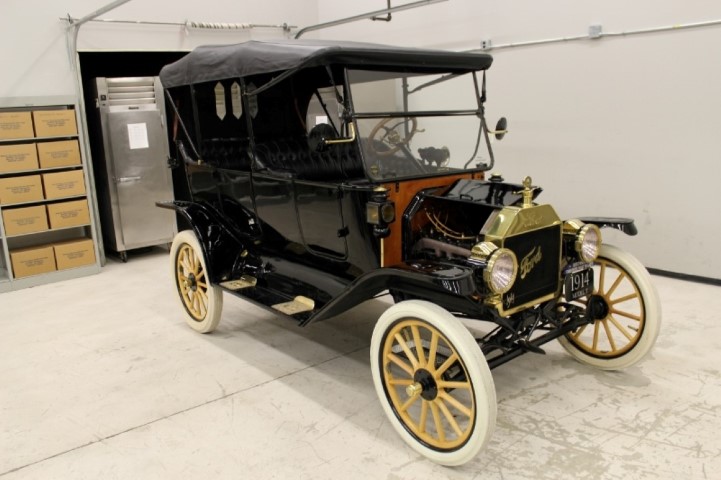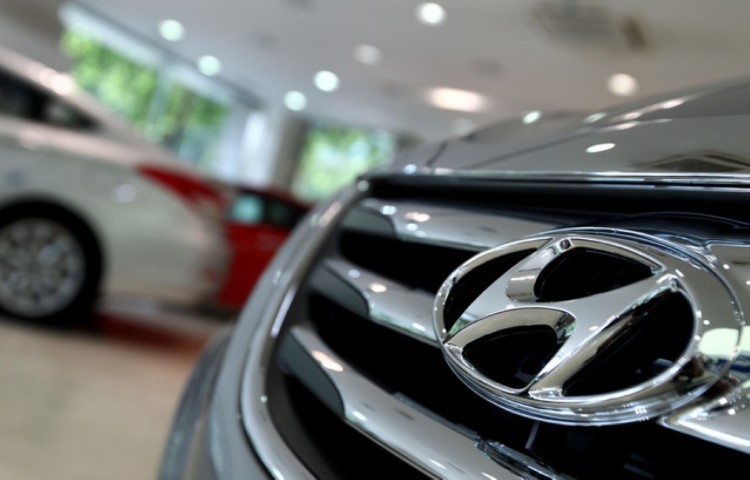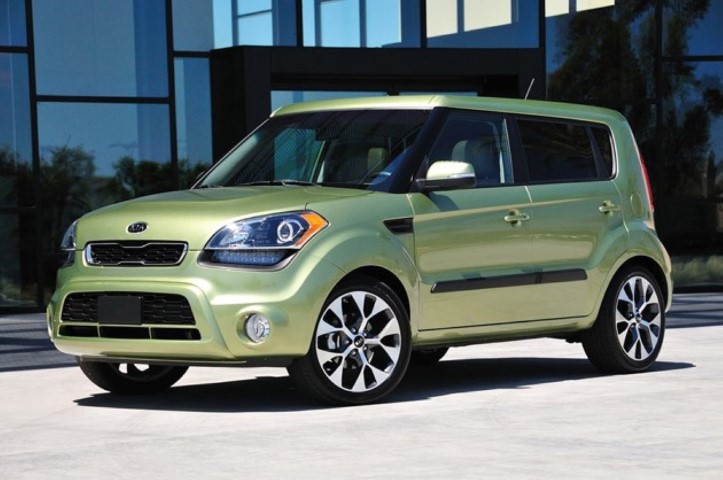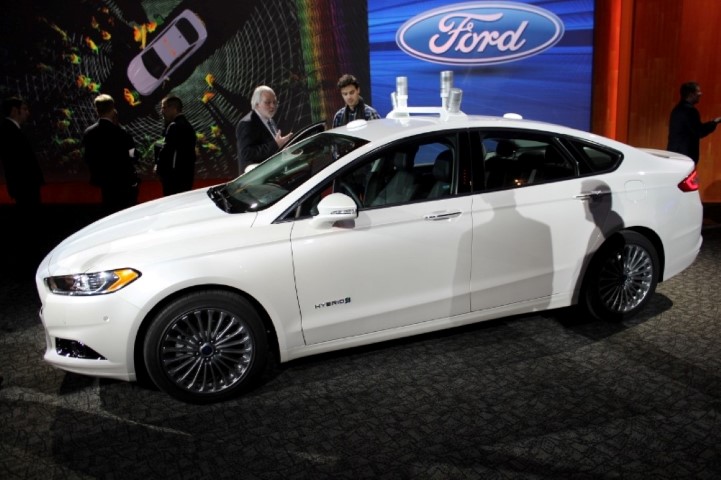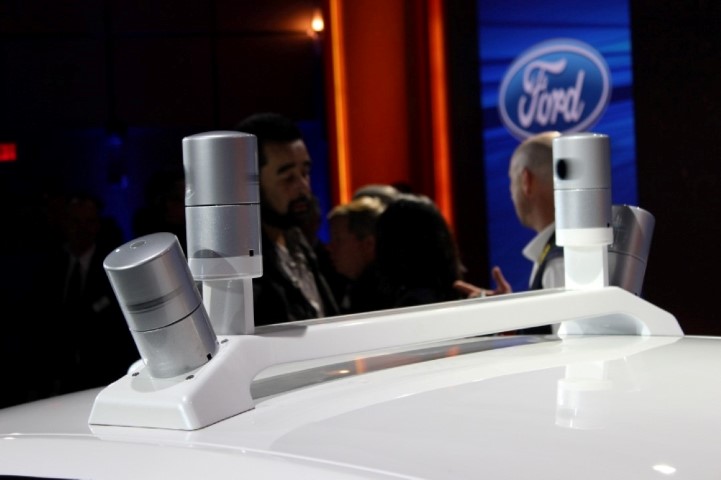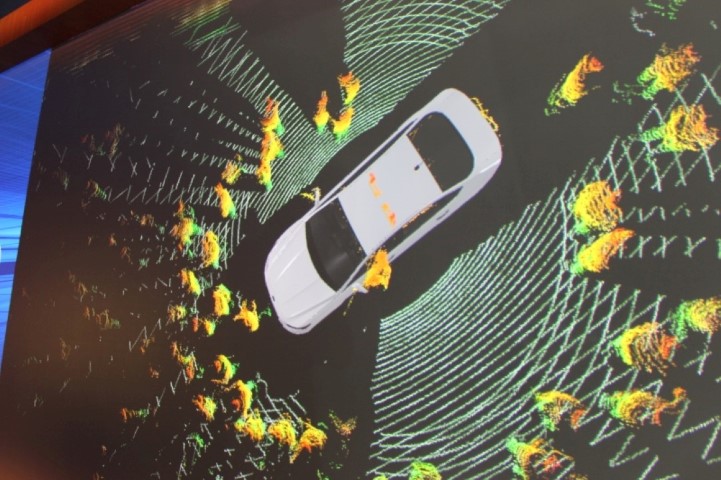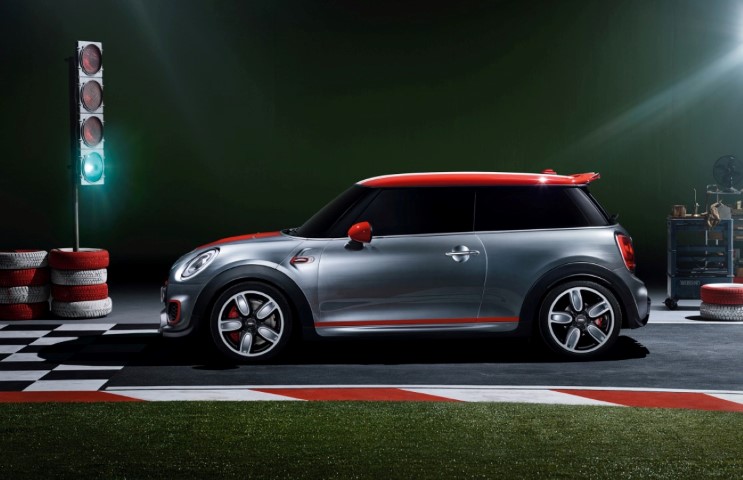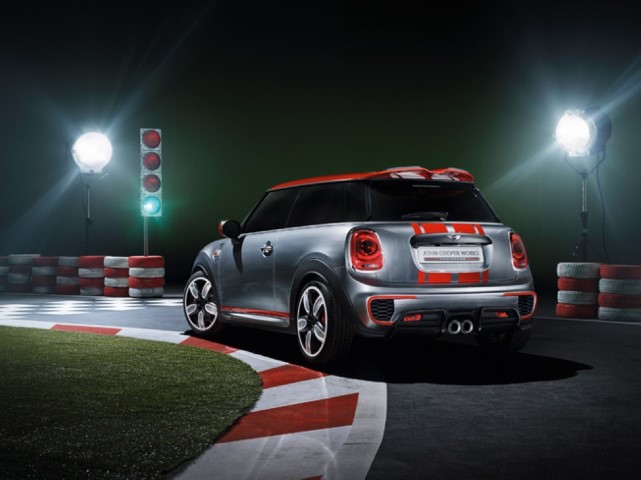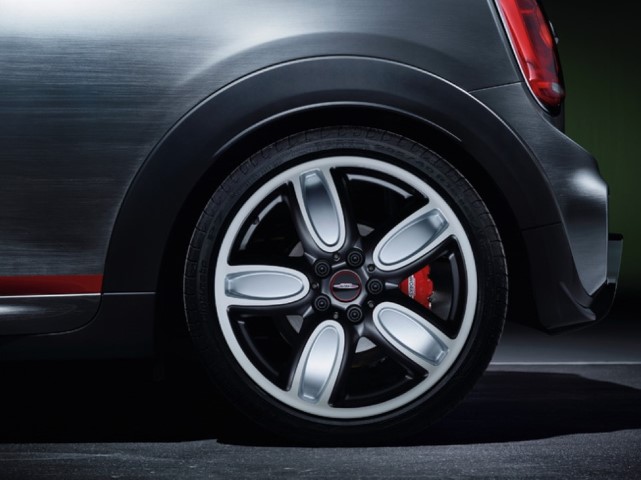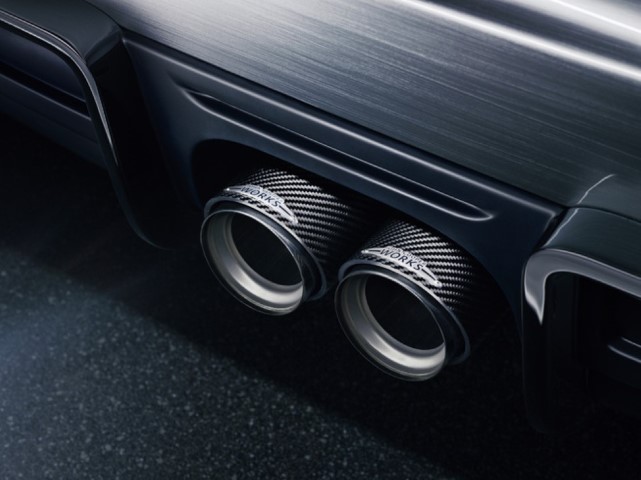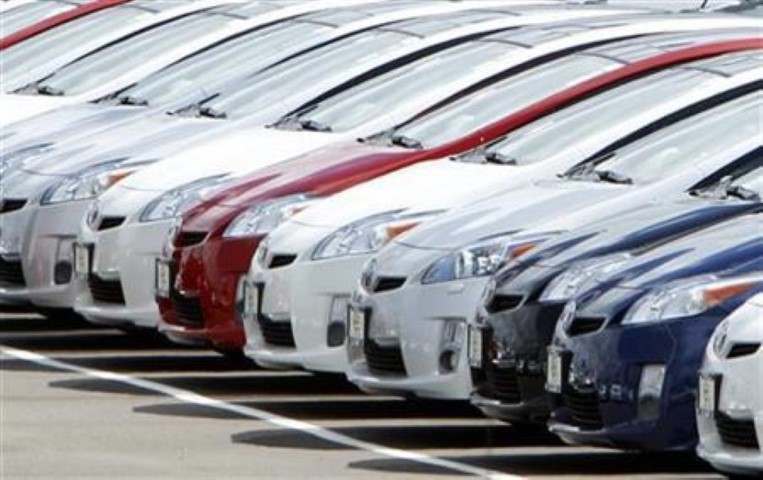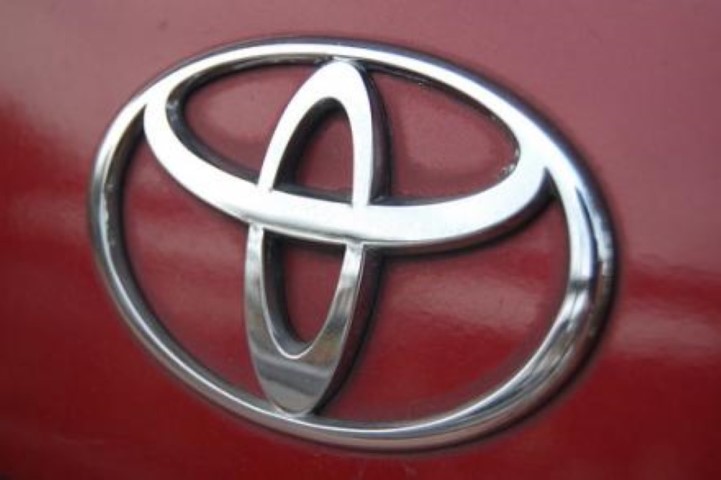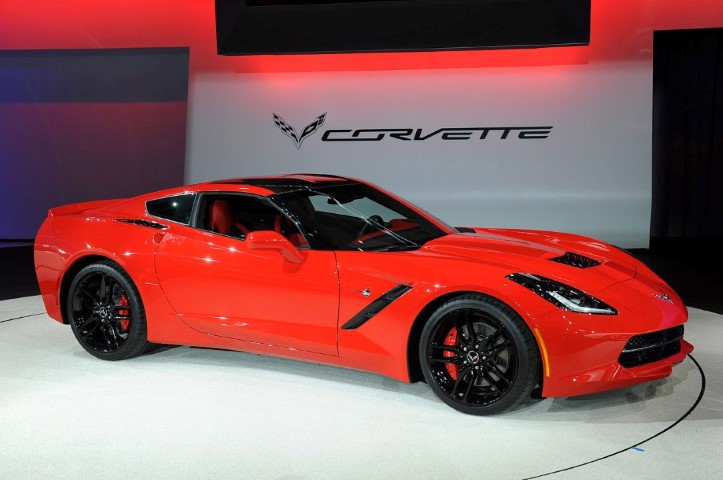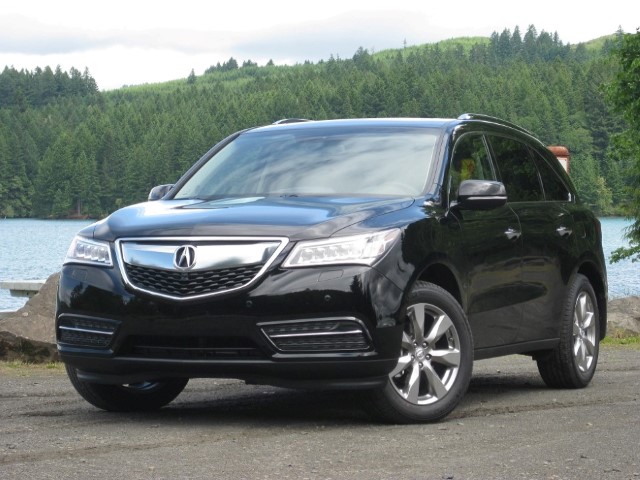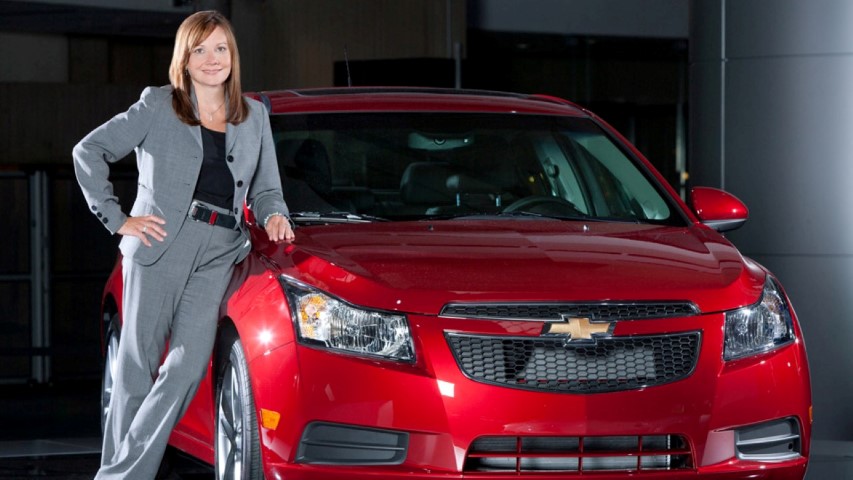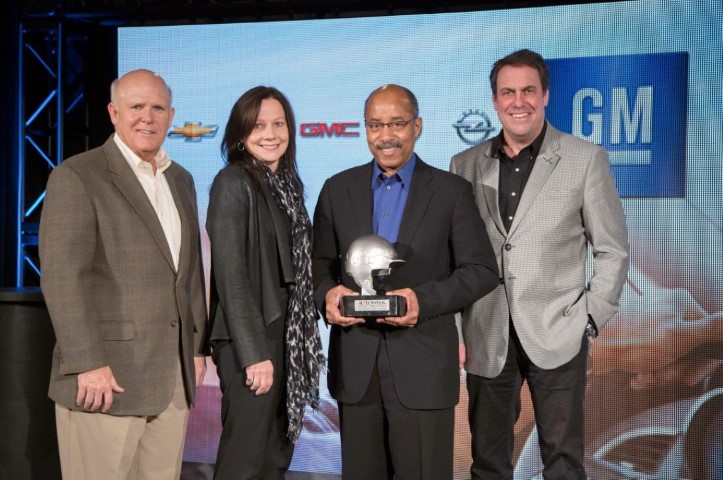It was 1886 when the generally accepted birth of the automobile occurred – the Benz Patent-Motorwagen conceived and built by German-born Karl Benz.
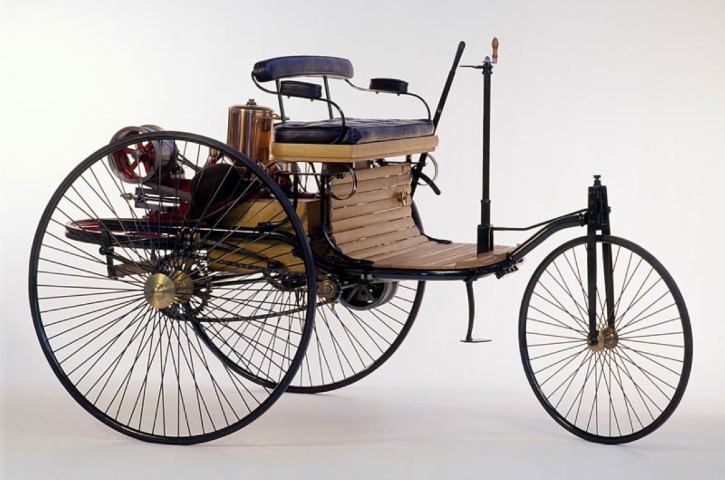
In 1908 with the introduction of the Ford Model T in North America, automobiles became more affordable – for some. For gasoline-powered vehicles there was, however an all too familiar issue; a lack of infrastructure. In other words, gas stations were few and far between and driving anything but shorter distances was the rule, not the exception.
All that changed once it became apparent that the gasoline-powered vehicle and the internal combustion engine was no mere fad.
Today, there are more than 1 billion automobiles on roads all over the world – and that number is unlikely to diminish anytime soon.
Today, some say the future rests with battery electric vehicles (BEVs). Once again, we have a classic chicken and egg situation. There is no real, nationwide network of charging stations in Canada or the United States – there is a lack of infrastructure. At best, disparate pockets often are appearing as afterthoughts in too few public locations.
What charging options are available today for those forward-thinking pioneers who privately own a Nissan Leaf, Ford C-Max – or even a Tesla Model S?
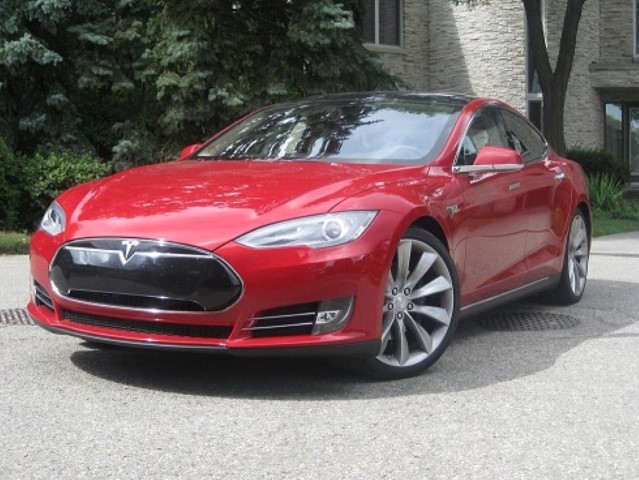
AC L1 Charging – Most owners get the energy their BEV needs for a daily commute by plugging their car into a standard 120-volt home outlet. This is the slowest method of charging, but it requires no special equipment other than a dedicated electrical cable that comes with the car. Typically L1 charging provides an average of five to eight kilometres of driving per hour of charging. For a typical commuter who travels 60 kilometres a day, it is possible to completely recharge the car overnight. BEVs that stay plugged in for 14 hours overnight can store power for up to 110 kilometres of driving – dependent upon the storage capacity of a vehicle’s batteries.
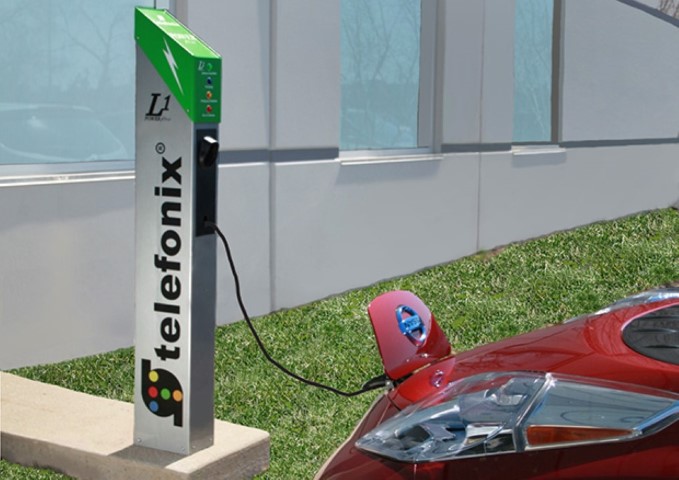
AC L2 Charging – Many BEVs give owners the option of installing a 240-volt charging station in their garage, carport, or driveway. This is L2 charging. It cuts charging times roughly in half, but requires installation of a dedicated electrical circuit (similar to that used for a clothes dryer) and the purchase of a charging unit that costs between $750 and $1,500. Most L2 stations provide an average of about 15 kilometres of driving per hour of charging. This means a vehicle with a 125 kilometre range can be fully recharged in eight hours or less. Some newer BEVs are equipped with power inverters (the onboard component that changes AC to DC for charging the battery) that have twice the capacity of earlier designs. This doubles the kilometres of driving per hour of charge from 15 to 30, while cutting the overall charging time in half to roughly four hours – or four times the speed of L1 charging.
DC L3 Fast Charging – Some BEVs are equipped with electrical connections for fast charging using a high-current DC power source. An L3 station is capable of charging a BEV four to six times faster than an AC charger – a full charge can be achieved in less than an hour. However, the cost of the required high-voltage electrical circuit and special charging equipment (typically in the range $15,000 to $25,000 per unit) makes true L3 fast-charging stations rare.
According to the latest data available from the U.S. Department of Energy, there are currently 8,332 public charging stations available across that country. The greatest concentration is in California with 1,679 units – which is also the state with the largest number of registered BEVs – 33,418 as stated in the recently published World Wildlife Fund (WWF) Canada Transportation rEVolution report. A breakdown of types of charger was not available at press time, but statistically, the majority is likely to be L1. “Public” refers to those units in parking lots, outside restaurants and stores – not individual homes or apartment buildings.
That same report shows that industry-leading EV adopter Norway has, by comparison 14,462 BEVs on the road representing 3.10% of all vehicle sales. There are also 4,029 public charging stations. On a per capita basis, Norway leads the charge towards green methods of transportation, especially when powered by electricity. In fact, that country has a goal of 200,000 BEVs as viable means of transport by the year 2020.
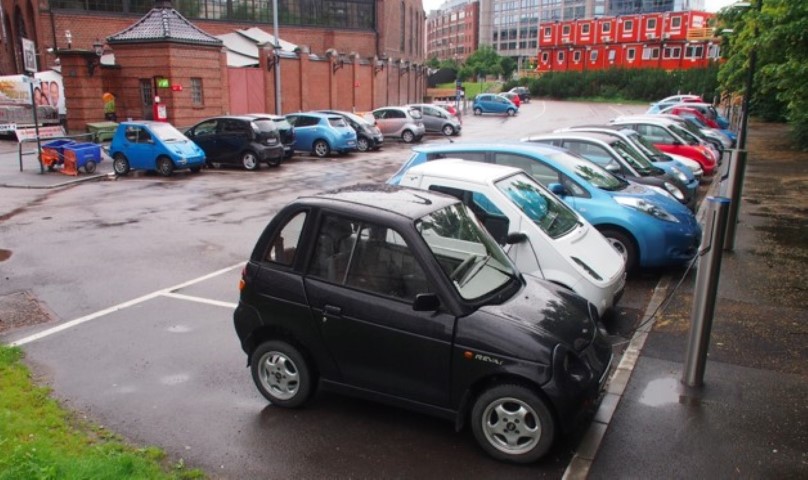
How does Canada stack up? The same WWF study shows that there are 4,059 BEVs on the road compared to more than 20 million conventional vehicles. That number of BEVs is 20% off the WWF target as of August 2013. Significantly lower numbers than the recognized leaders – and that is with a 148% growth this year alone. And yet, surprisingly enough, the WWF has stated that their goal for BEVs in this country by 2020 is 600,000 units. Getting to that point in seven years would appear to be an enormous undertaking. That same report states there are now 1,119 public charging stations driven largely by pro-active initiatives in British Columbia, Ontario and Quebec. In fact, B.C. led the way with 475 unique stations installed in under a year.
In all jurisdictions, the true breakdown of L1, L2 or L3 chargers is unknown.
No matter how you look at it, especially in Canada, the numbers are woefully small.
Recently Saskatchewan-based Sun Country Highway valiantly built and opened 17, L2 stations along Highway 401 from Detroit to Montreal offering free electric fuel for plug-in drivers at intervals between 50 to 98 kilometres, making it (somewhat) easier to drive long distances using little or no fossil fuels. Fine if you happen to be driving that particular corridor. Do the math; how long would it take to drive from Windsor to Montreal in a “normal” BEV? Is that realistic?
Many developers are considering adding charging stations in specific areas of condominium apartment buildings’ underground parking. And some attractions, such as Evergreen Brickworks, an eco-friendly and model of sustainability in Toronto, added solar-powered chargers manufactured by industry-leading Schneider Electric a couple of years ago.
Will there be an epiphany any time soon? There’s the rub. The WWF study shows that only 28% of Canadians think (not believe) that BEVs are a viable option while only 7% have seen, driven or ridden in one.
The WWF has a stated goal; access to 30,000 workplace or public charging locations by 2020. Remember publicly, that’s to service 600,000 BEVs. Presently Canada has access to nine different BEV models; California sells 16. The WWF stated goal is that all North American models will be available in Canada by 2015. With a greater choice will more individuals take the plunge?
Are all the goals optimistic – or insurmountable? Currently, only three provinces, B.C., Ontario and Quebec offer incentives to purchase BEVs – up to $8,500. Without buy-in across the majority of this country and provincial and even the Federal government investigating other opportunities to internalize the environmental costs of so-called conventional vehicles through mechanisms such as carbon taxes, progress may be challenging.
What might trigger a tipping point?
Infrastructure may be one issue – perhaps the largest. Another may be a lack of ongoing incentives and even vehicle choice. Being considered eco-minded may not be enough. There will always be a pervasive “what-have-you-done-for-me-lately” attitude. Look at Norway (again); all BEV owners have access to free parking in major cities and no-charge access to HOV lanes on highways. It is estimated that the value to an individual may be anywhere from US$3,000 to US$8,000 – each and every year.
Is that “green” enough for you?
